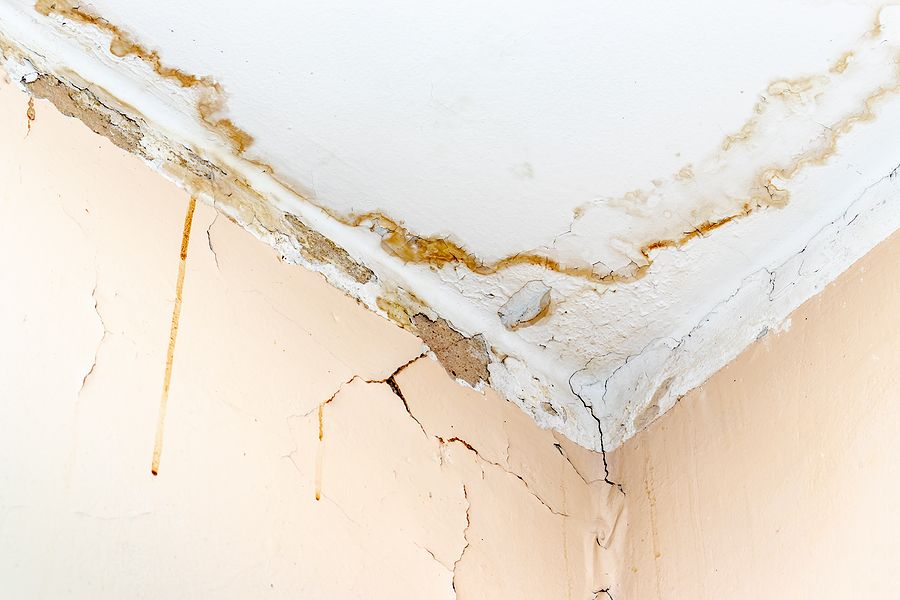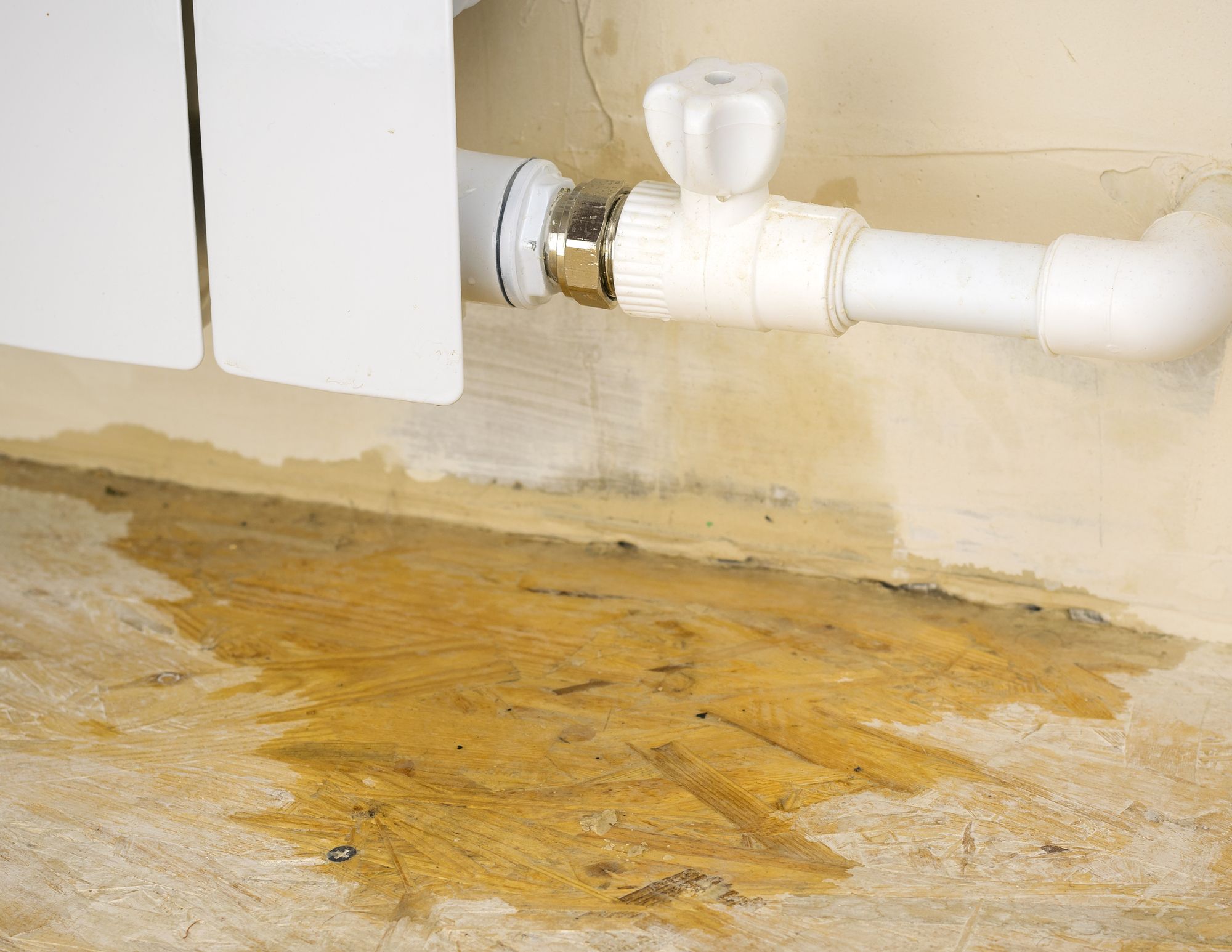How to Stop the Six Most Common Water Leaks in Your Home
How to Stop the Six Most Common Water Leaks in Your Home
Blog Article
The article author is making a few great points regarding How Fast Water Damage Can Ruin Your Home as a whole in the content followed below.

Leaks not only create waste of water but can also create unnecessary damages to your residence as well as promote undesirable organic development. By comprehending and looking for daily situations that create leaks, you can shield your residence from future leaks and unneeded damage.
Elbowing in roots
A lot of water leakages start outside the home rather than inside it. You may observe damp patches or sinkholes in your lawn, and also that might suggest that tree roots are getting into water lines creating water to seep out.
Corroded water supply
This might be the cause of discoloration or bending on your water pipelines. If our plumbing system is old, consider replacing the pipes because they are at a higher danger of deterioration than the newer models.
Defective Pipe Joints
The point at which your pipes connect is frequently the weakest web link in the waterline. Pipeline joints can wear away with time, causing water leakages. However, most of pipe joints are not easily visible. If you have loud pipelines that make ticking or banging sounds, specifically when the warm water is switched on, your pipe joints are most likely under a lot of pressure. It is recommended to have your plumber check your system yearly.
Immediate temperature level adjustments.
Severe temperature level modifications in our pipes can trigger them to expand and get all of a sudden. This expansion and also tightening may cause cracks in the pipelines, especially if the temperature are listed below freezing.
Poor Water Connectors
At times, a leak can be caused by loose hose pipes as well as pipes that supply your home appliances. Most of the time, shifting is what creates the loose water Links. You may find when it comes to a washing machine, a hose might spring a leakage because of trembling during the spin cycle. In case of a water connections leakage, you may observe water running straight from the supply line or puddles around your appliances.
Clogged Drains
Obstructed drains could be aggravating and inconveniencing, however they can sometimes wind up causing an overflow bring about break pipes. Maintain getting rid of any products that may drop your drains pipes that can clog them to prevent such aggravations.
All the above are sources of leakages but not all water leakages arise from plumbing leakages; some leaks could come from roof covering leakages. All leakages must be repaired promptly to avoid water damages.
Leakages not only create waste of water yet can also cause unneeded damages to your house and advertise undesirable natural development. By recognizing and also looking for everyday scenarios that create leaks, you can safeguard your home from future leakages and also unnecessary damage. Today, we will look at 6 leakage creates that might be causing your pipelines to drip.
At times, a leak can be caused by loose hoses and pipes that supply your appliances. In case of a water links leak, you may discover water running straight from the supply line or pools around your devices.
How To Check For Water Leak In Your Home
How To Check for Leaks
The average household's leaks can account for nearly 10,000 gallons of water wasted every year and ten percent of homes have leaks that waste 90 gallons or more per day. Common types of leaks found in the home are worn toilet flappers, dripping faucets, and other leaking valves. These types of leaks are often easy to fix, requiring only a few tools and hardware that can pay for themselves in water savings. Fixing easily corrected household water leaks can save homeowners about 10 percent on their water bills.
To check for leaks in your home, you first need to determine whether you're wasting water and then identify the source of the leak. Here are some tips for finding leaks:
Take a look at your water usage during a colder month, such as January or February. If a family of four exceeds 12,000 gallons per month, there are serious leaks.
Check your water meter before and after a two-hour period when no water is being used. If the meter changes at all, you probably have a leak.
Identify toilet leaks by placing a drop of food coloring in the toilet tank. If any color shows up in the bowl after 10 minutes, you have a leak. (Be sure to flush immediately after the experiment to avoid staining the tank.)
Examine faucet gaskets and pipe fittings for any water on the outside of the pipe to check for surface leaks.
Undetected water leaks can happen without the home or business owner even realizing. If you suspect a water leak, but not able to find the source. It is time to contact a professional water leak detection service, The Leak Doctor.
How To Find a Water Leak In Your Home
https://www.leakdoctor.com/blog/How-To-Check-For-Water-Leak-In-Your-Home_AE197.html

Hopefully you enjoyed our topic on How to Find Water Leaks. Thanks so much for taking the time to read our post. Feel free to take the time to distribute this article if you appreciated it. Thanks a bunch for your time. Visit us again soon.
Course Detail Report this page